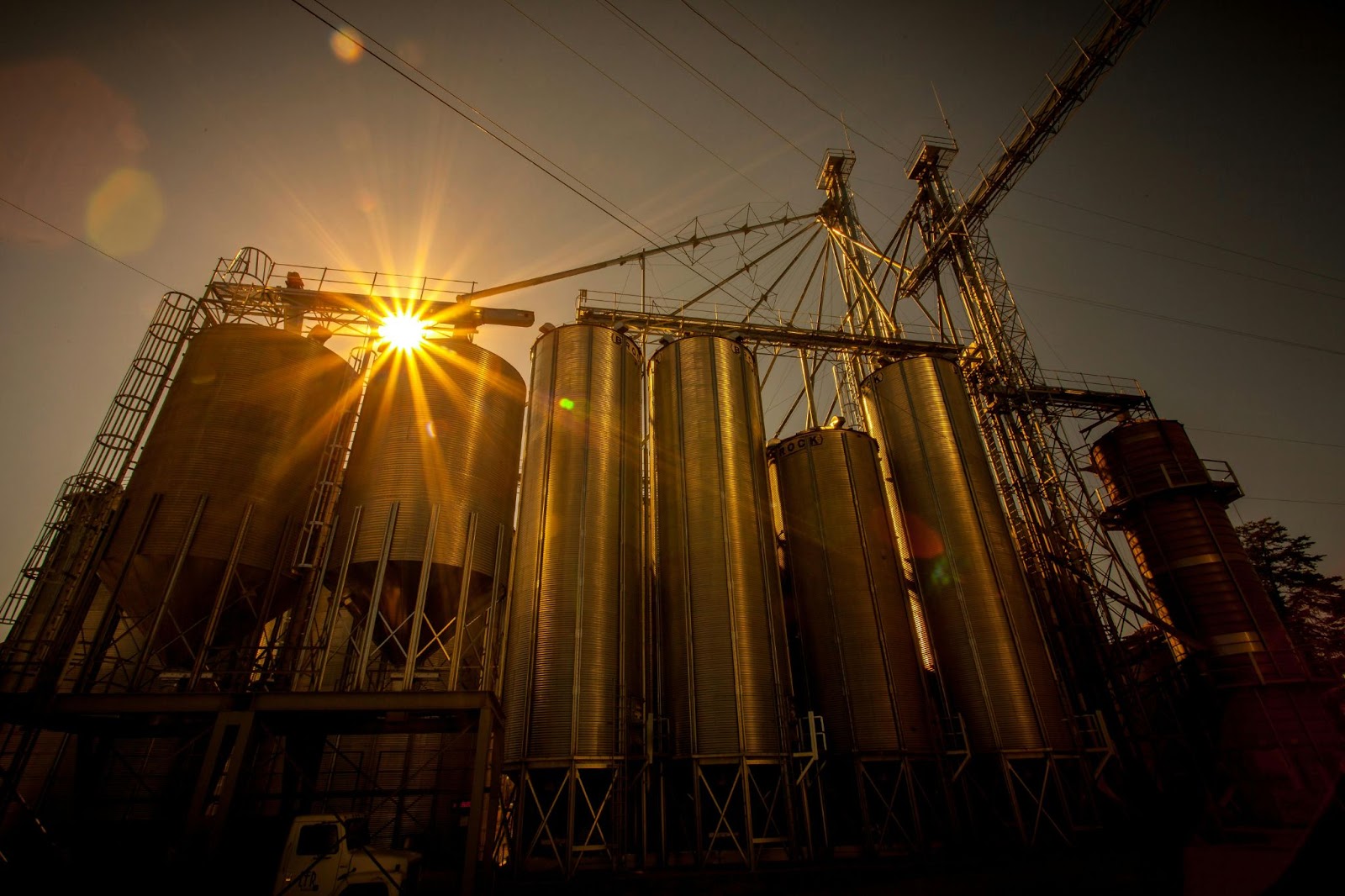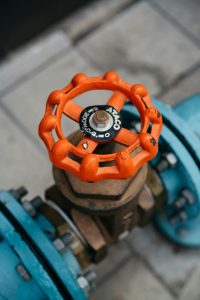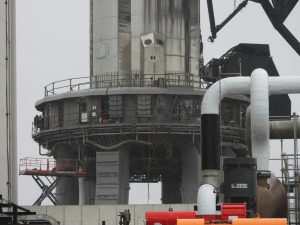Table of Contents
ToggleThe four-way valve is a simple device for controlling the flow of fluid in a system. These valves are spool-type, with the advantage of having equal surface areas for the pump and the tank. They also have a vertical symmetry, making them an ideal choice for applications requiring the control of a fluid flow.
A four-way valve has four ports around its chamber. The valve’s cock plug has two passages that connect adjacent ports. It can be cylindrical, tapered, or ball-shaped.
Each port has two flow positions, and the plug is normally located centrally. In addition, when the valve is in a closed position, the inlet and exhaust ports both remain open.
If you want to know more about a 4-way valve and how it works, continue reading this article.
What Is a Four-Way Valve?
When you see a 4-way valve, it looks like a simple directional control valve. However, it is often used in double-acting cylinder applications. This type of valve has 4 ports and two flow positions. These valves always supply pressure to one side of the cylinder while allowing the opposite side of the cylinder to be emptied into the atmosphere. As a result, they are very common in double-acting cylinders. The name comes from the four positions the valve can accommodate.
These valves are useful for sequential positioning because they are able to change direction without losing the signal. A four-way valve is most suitable for applications where pressure changes over time, and it is also useful for pool chemical treatment and water softener regeneration.
These valves were first used in early double-acting steam engines. The four-way valve consists of two “L”-shaped passages that do not interconnect, one on each side of the plug. The two “L”-shaped passages in the plug are not connected, making it difficult to identify a four-way valve in an unfamiliar setting.
The Working Mechanism of a Four-Way Valve
In an early double-acting steam engine, a four-way valve was used to control the flow of steam to the cylinder. The working mechanism of a four-way valve involves two “L-shaped” passages that do not interconnect. In addition, a 4-way valve is also known as an “x port.”
In actuator applications, a four-way valve may be left in the block position. In this case, the valve transfers hydraulic pressure from the manifold to the cylinder’s closed port, and the same pressure returns to the reservoir tank. A four-way valve may be left in the block position when the rig is being moved or is repairing itself.
The four-way valve has four ports. The valve has a universal function, which allows it to work as a diverter as well as a regulator. This type of valve has two flow positions. When the valve is in the central position, it is closed. There are a total of four or five pipes connected to this valve. You can either fully close the valve, fully open the valve or partially open the valve.
When you move it to the opposite position of the central position, the valve is fully open. However, when you move the handle halfway, it is partially open. With these valves, you can easily reverse the motion of a cylinder or a motor.
Advantages of a 4-Way Valve
Versatility
Four-way valves are versatile components that provide multiple flow path options, allowing engineers to control the direction of fluid flow in hydraulic or pneumatic systems.
The versatility of 4-way valves is particularly beneficial in applications where the direction of fluid flow needs to be changed regularly.
These valves feature four ports, enabling the redirection of fluid to different paths within the system.
This flexibility is invaluable for dynamic systems requiring adaptable flow control.
Efficient Control
These valves offer precise control over hydraulic or pneumatic systems, facilitating the accurate management of fluid flow and system components.
The ability to direct fluid to different outlets or paths enables efficient control of actuators, cylinders, or other components within the system.
This precision is crucial for applications that require accurate and controlled movements, such as robotics, manufacturing equipment, or other automated systems.
Simplifies System Design
Integrating multiple functions into a single 4-way valve simplifies system design, potentially leading to cost savings and a more compact layout.
Instead of using multiple valves for different functions, a single 4-way valve can handle various tasks.
This streamlined design not only reduces the number of components in the system but also simplifies the overall architecture.
The consolidation of functions enhances system efficiency and can contribute to a more straightforward installation and maintenance process.
Disadvantages of a 4-Way Valve
Complexity
The added functionality of 4-way valves may result in increased complexity, demanding careful consideration during system design.
Engineers need to understand the internal design, electrical or pneumatic controls, and potential interdependencies of 4-way valves.
The complexity may involve aspects such as the valve’s switching mechanism, feedback systems, and compatibility with other system components.
Proper engineering and documentation are crucial to manage and troubleshoot the complexity effectively.
Cost
Four-way valves can be more expensive than simpler alternatives, and the overall cost may vary based on various factors.
The initial investment in 4-way valves may be higher due to their advanced features and capabilities.
Factors influencing the cost include the valve size, materials used in construction, and the level of automation or control features.
While the upfront cost may be a consideration, it’s essential to weigh the long-term benefits in terms of system efficiency, reduced components, and potential operational cost savings.
Maintenance Challenges
The increased complexity of 4-way valves may lead to more intricate maintenance procedures, requiring careful planning.
Maintenance involves understanding the valve’s internal components, seals, and potential failure modes.
Regular inspections and preventative maintenance are essential to ensure continued reliable performance.
Any downtime for maintenance should be carefully planned to minimize disruptions to the overall system.
Proper training for maintenance personnel is crucial to address the intricacies of 4-way valve maintenance effectively.
What is the Difference Between a 3-Way Valve and a 4-Way Valve?
A 3-way valve has three ports: one inlet and two outlets (or vice versa). It is commonly used for diverting or mixing flows in various applications.
On the other hand, a 4-way valve has four ports and is often employed in more complex systems where the flow needs to be diverted or switched between different paths.
The additional port in a 4-way valve offers more versatile control options, making it suitable for diverse hydraulic or pneumatic systems.
Key Takeaway
While 4-way valves offer significant advantages in terms of versatility, control, and simplified system design, careful consideration of their complexity, cost, and maintenance requirements is essential for successful integration into hydraulic or pneumatic systems.
Engineers must balance these factors to optimize the performance and efficiency of their systems over the long term.










